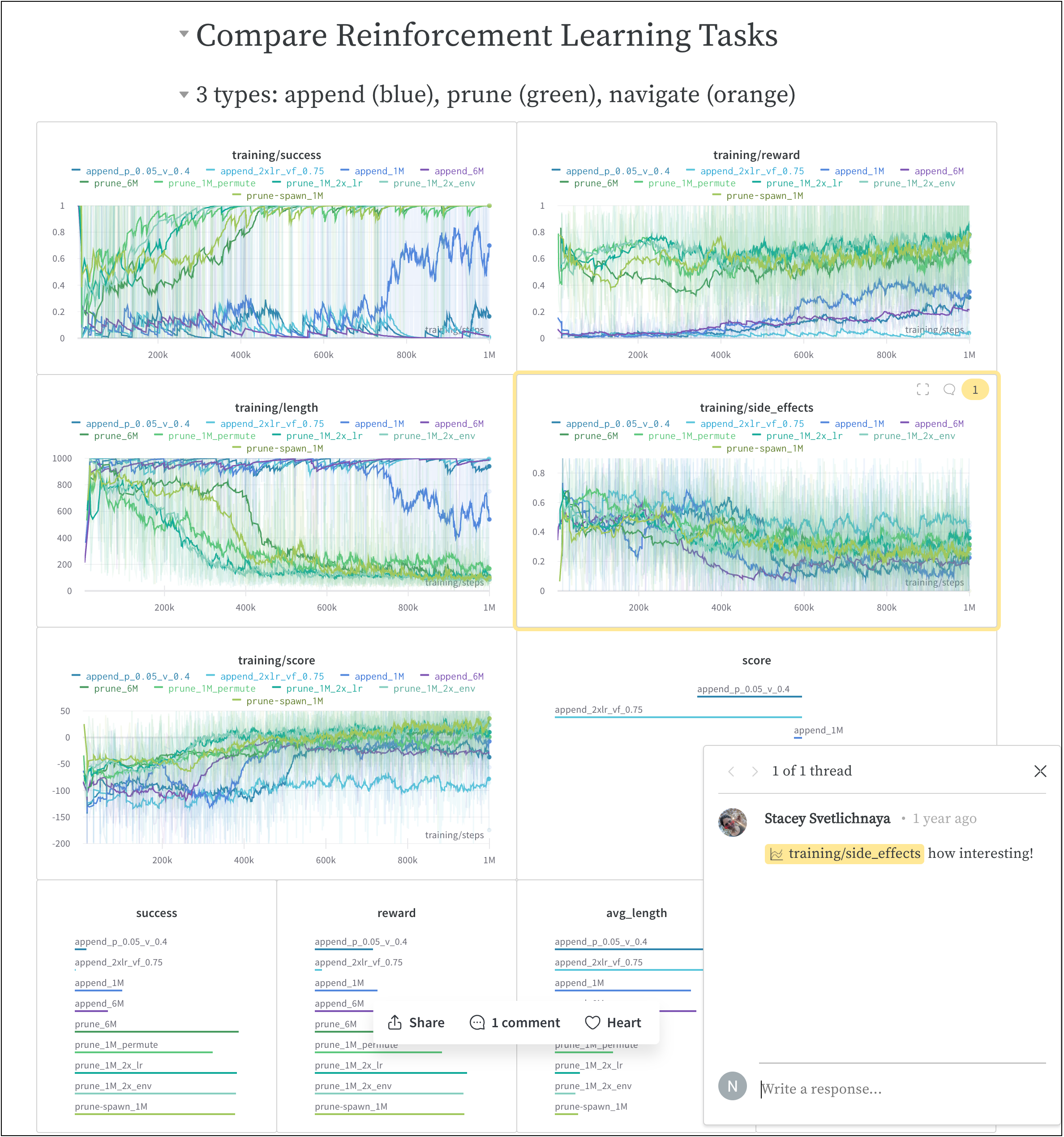The Science Behind Accurate Weather Forecasting
Weather forecasting combines atmospheric physics, mathematical modeling, and computational power to predict future weather conditions. The process begins with data collection from thousands of weather stations, satellites, and ocean buoys worldwide, creating a comprehensive picture of current atmospheric conditions.
Numerical weather prediction models use complex mathematical equations to simulate atmospheric behavior, taking into account factors such as temperature gradients, pressure systems, moisture content, and solar radiation. These models run on powerful supercomputers that can process vast amounts of data and generate forecasts for different time horizons.
The accuracy of weather forecasts has improved dramatically over the past decades, with five-day forecasts now as reliable as three-day forecasts were twenty years ago. This improvement stems from better observational data, enhanced modeling techniques, and increased computational capabilities that allow for more detailed atmospheric simulations.



